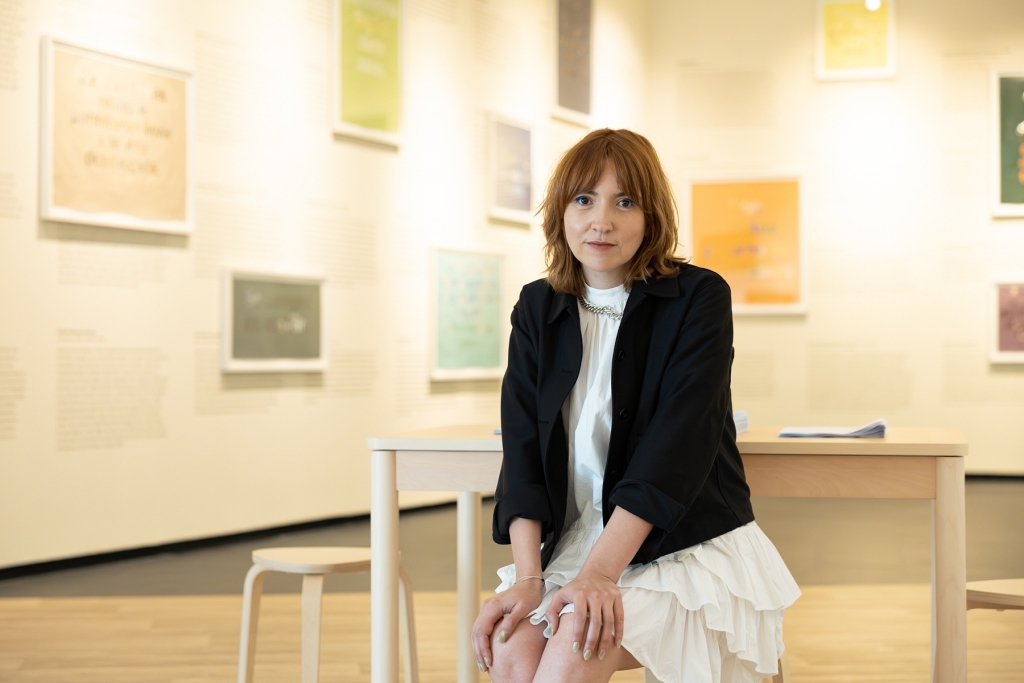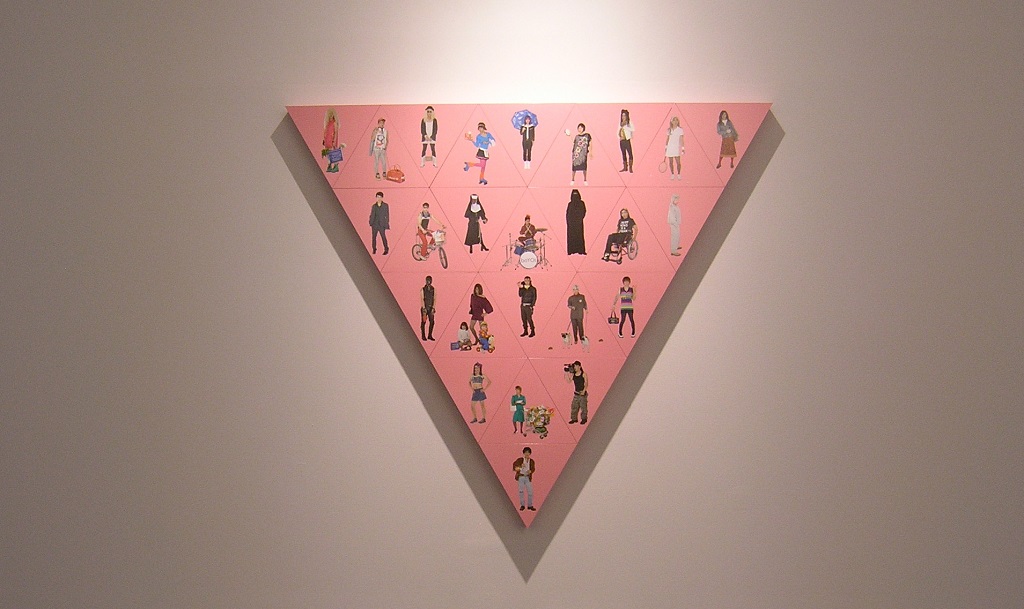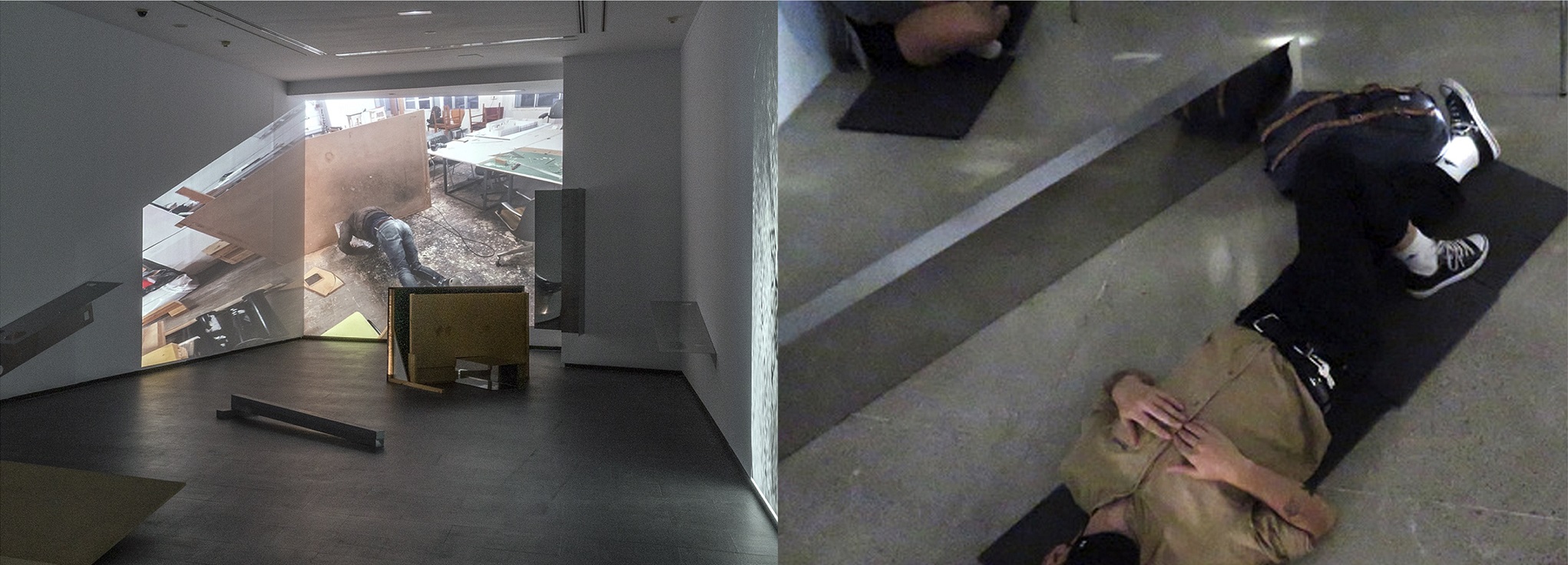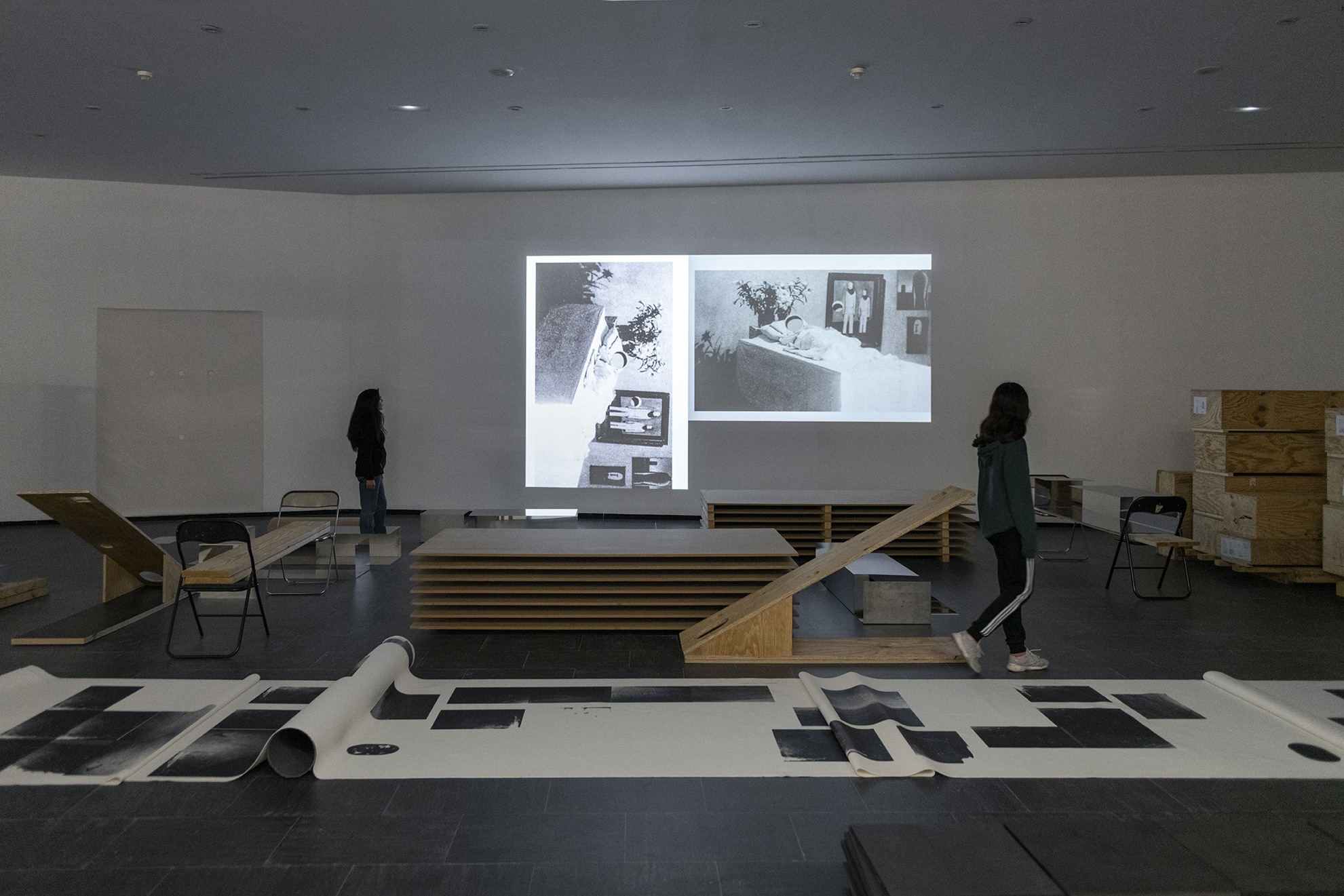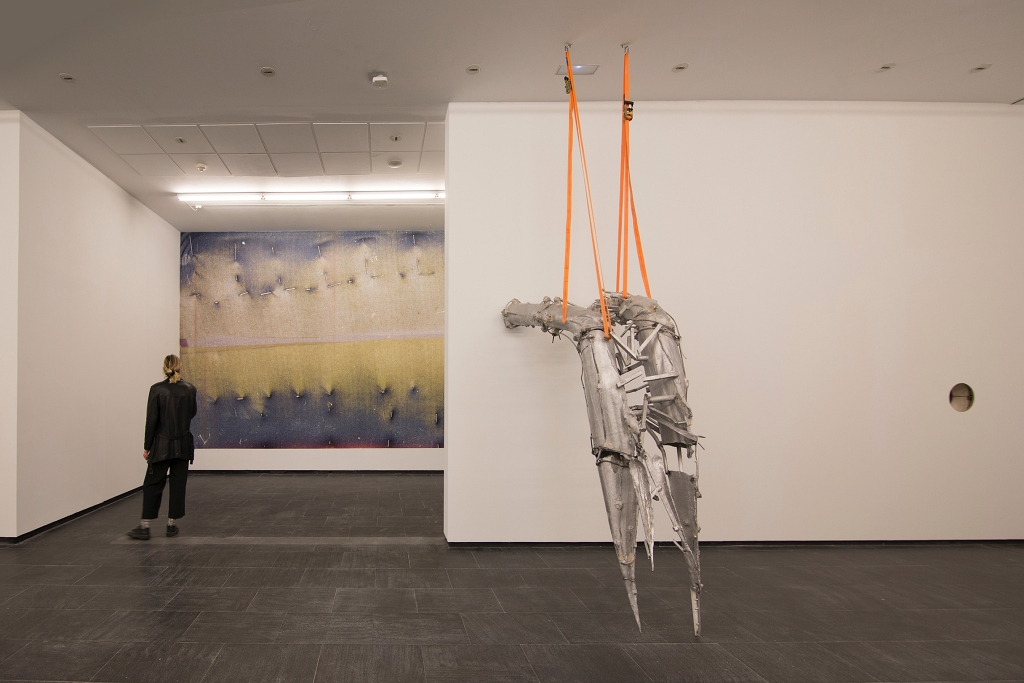After being invited in 2017 to a reviewing and writing workshop aimed at people who, owing to their occupation, were obliged to write, Euba prepared a series of questions, arranged into sections, that would allow them to reflect on the different situations involved in the act of writing. Each section initially only contained one question. However, after receiving an invitation to publish them, he inevitably expanded on them, resuming and varying the point of view in each question in an endeavour to cover the different aspects of the subject.
Once he did this, he found that the material could easily be developed in even greater detail. But although it was to be answered in questionnaire form, the result could not. It was an exercise in self-awareness through a calm reading where any question that resonated with the reader became an invitation to delve further into the question for themselves, rather than to answer it for the benefit of someone else.
29 CONDITIONS FOR AN IMPOSITION. THURSDAY 20 APRIL 7PM
For the disposition of a body that is getting ready to write.
An action, a listening exercise, proposed as a self-portrait in negative; a double proprioceptive exercise with a configuration consisting, first, of delimiting, question by question, a specific body – mine – and then removing it from the place it occupied, thus allowing the incorporation of any other body. All this in the hope that this movement of characterisation would provide the listener with a representation of his or her own body in the act of writing.
This action is an exercise in contrast that allows for greater precision according to the different levels of the individuals attending the session. During the course of one hour, Euba reads the Conditions for an Imposition while members of the audience listen as they lie on, between or inside the different items that comprise the installation currently on display at the CA2M Museum, which will allow them to situate themselves at different floor levels.
An action that makes visible the often unconscious variables of the invisible choreography of the self-imposed algorithm that generates all textual production. The action is proposed as a mediation that serves as a meditation to prove that reflection does not stop action.
Acceso notas adicionales
ROOMS 1, 2 AND 3 ON THE THIRD FLOOR OF THE CA2M MUSEUM
Entrance
Performance by Jon Mikel Euba in which, for one hour, the artist will read the Conditions for an imposition while the audience listens lying on, between or inside the different devices that make up his exhibition at the Museo Centro de Arte Dos de Mayo, which will allow them to place themselves at different levels on the floor.
